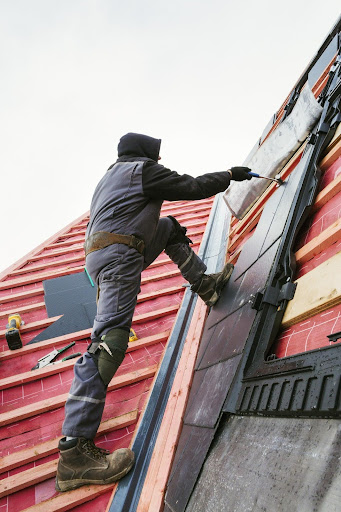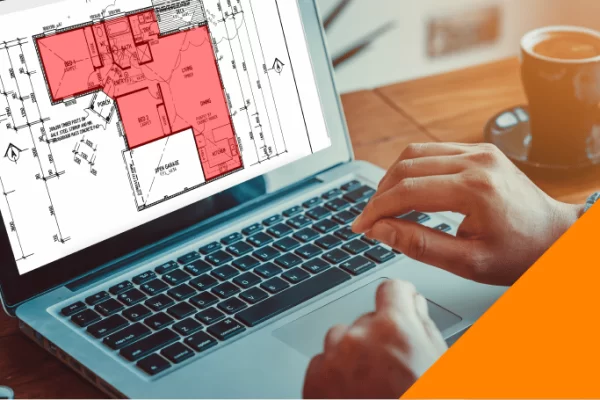Metal roofs excel in durability, lasting 40 to 70 years, with factors like material quality, installation, and the environment influencing lifespan.
They resist common roof issues like rot, mildew, insects, and fire. Premium metals like copper and zinc can even surpass 100 years. If you’re searching for roofing companies near me, consider these long-lasting benefits.
Factors Influencing Metal Roof Longevity
The lifespan of a metal roof is influenced by several factors. The quality of the material is paramount; steel, aluminum, copper, and zinc vary in durability and price. The thickness and finish of the metal also play a crucial role. Installation quality cannot be overlooked – a poorly installed metal roof is prone to problems. Environmental conditions, like extreme weather, salt air, and pollution levels, also impact longevity.
Comparing Metal Roof Durability to Other Materials
When comparing metal roofs to other materials like asphalt, clay, or wood, metal stands out for its durability. Traditional asphalt shingles, for example, typically last 15 to 30 years, far less than the 40-70 year lifespan of metal. Metal is more resistant to weathering, cracking, and erosion. It withstands extreme weather conditions better than clay or wood, which can be damaged by heavy storms or rot.
Maintenance Tips to Extend Your Metal Roof’s Lifespan
To maximize the lifespan of a metal roof, regular maintenance is essential. Keep the roof free of debris, such as leaves and branches, which can retain moisture and cause corrosion. Inspect for scratches or chipped paint that can lead to rust. It’s also crucial to fix any loose panels or fasteners immediately to prevent wind uplift. Regular professional inspections can identify potential issues early, preventing major repairs down the line.
Signs Your Metal Roof May Need Replacement
Knowing when to replace a metal roof is crucial for maintaining your home’s safety and value. Look for signs of aging like rust, especially along seams and joints, which indicates corrosion. If panels are loose or missing, this compromises the roof’s structural integrity. Persistent leaks are a red flag, suggesting that the waterproofing ability has diminished.
Cost-Effectiveness of Metal Roofs Over Time
Considering the cost-effectiveness of metal roofs requires a long-term perspective. The initial installation cost is typically higher than other roofing materials. The durability of metal roofs means fewer replacements, which can offset the initial expense. Additionally, metal roofs can improve energy efficiency, reducing heating and cooling costs.





